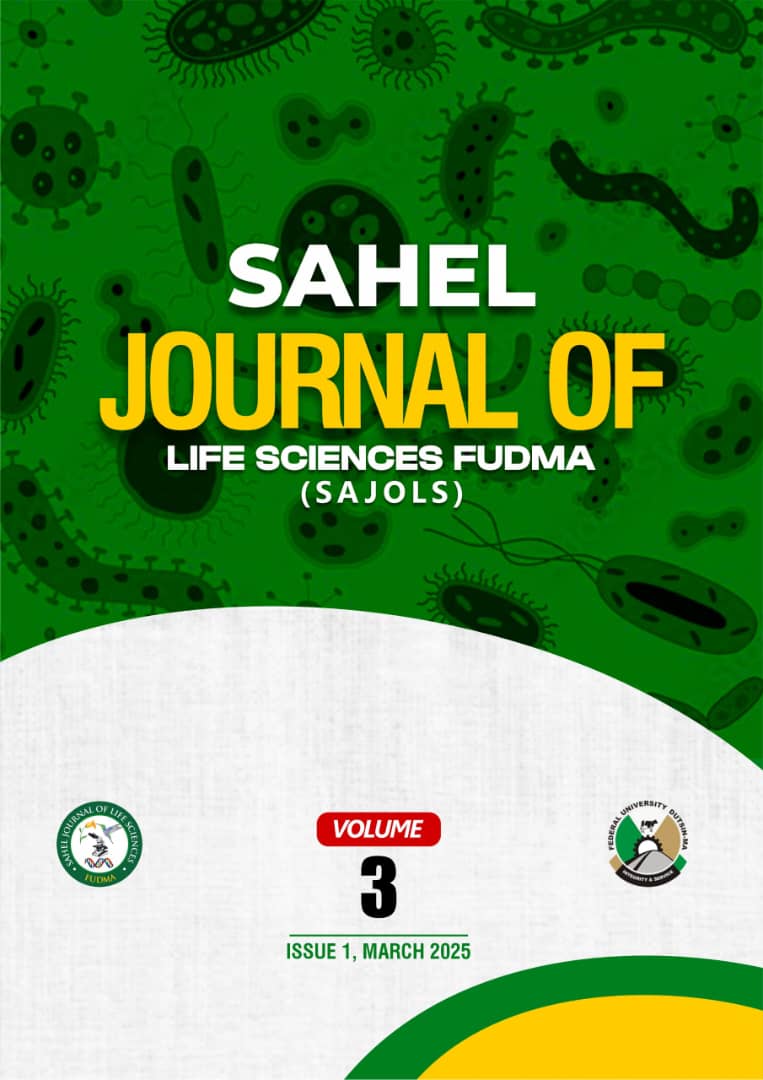Reaction and Leaching Potentials of Magnesium Rich Synthetic Gypsum in Acidic Ultisol and Oxisol
DOI:
https://doi.org/10.33003/sajols-2025-0301-61Keywords:
Acid Soils; Fertility; Incubation study; Modelling; Soil nutrientAbstract
Ultisols and Oxisols, the common soil in Malaysia, have low levels of cations such as K, Ca, and Mg, required for crop productivity. Thus, the management of input plays an important role in crop production in these soils. An incubation study was conducted to assess the effect of MRSG on the chemical properties of Ultisol and Oxisol in Malaysia. The incubation experiment is a factorial experiment consisting of 2 soil types, 3 treatments, and five rates, including control (0, 1, 2, 4 and 8) and laid out as a completely randomized design (CRD). The amount of nutrients released from treatments into the soil solution and on the soil exchange sites was fitted into different functions using a Python programming script. The pattern of nutrient release from MRSG was similar in the two studied soils, and the amounts of nutrients released increased with the duration of the experiment. The models were efficient in describing nutrient release kinetics for all samples. The models showed good performance (R2 value in the range 0.9 to 0.99) in most samples tested, except for the kieserite treatments. The model indicates that MRSG has a disintegration behaviour similar to GML and can be used to achieve a similar result in acid soil amelioration and soil nutrient enhancement; thus, MRSG can be a potential substitute for lime (GML) on acid soils.


